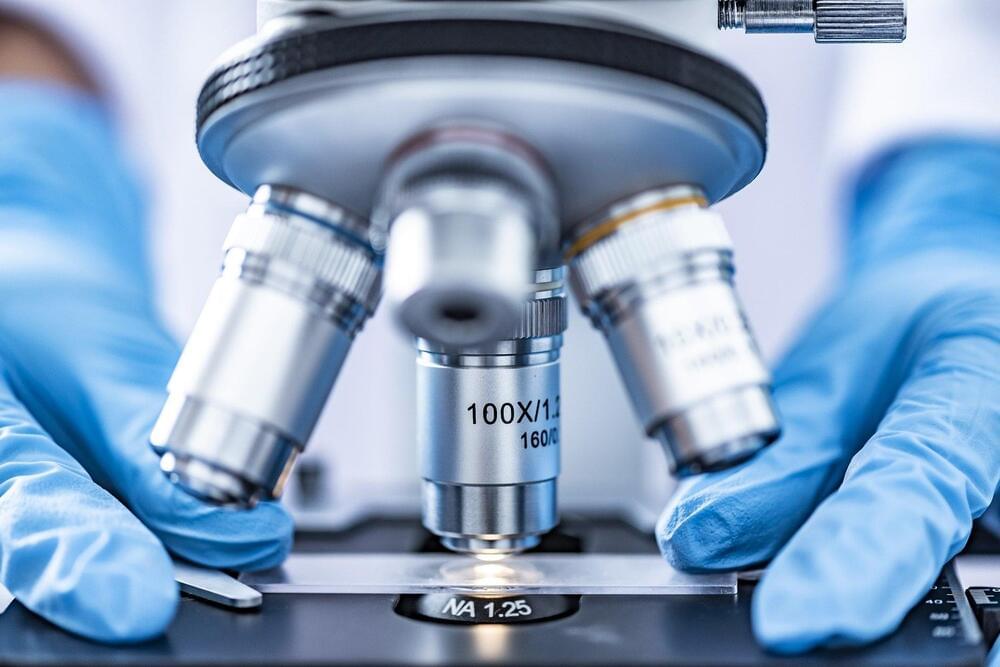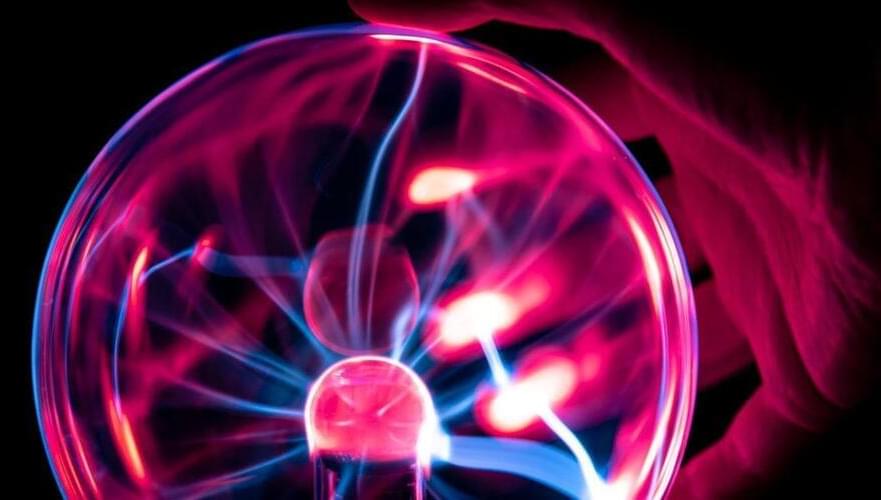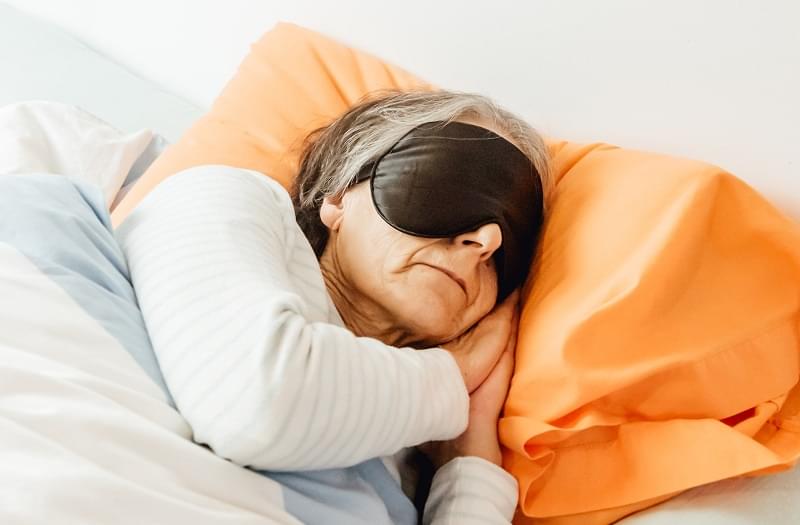Like the better-known prostate-specific antigen (PSA), prostate-specific membrane antigen (PSMA) is a biomarker that can tell physicians much about a patient’s metastatic prostate cancer. PSMA is a protein on the cell surface of most prostate cancers; scanning for it with positron emission tomography (PET) can indicate where in the body prostate cancer has spread, and it can be targeted with a newly approved radioactive therapy. In 15%–20% of patients with castration-resistant prostate cancer, however, PSMA production stops at advanced stages of the disease.
In a new study in the journal Nature Cancer, Dana-Farber Cancer Institute scientists shed new light on the mechanism that raises and lowers PSMA expression in prostate cancer cells. The findings may help physicians select PSMA-targeting therapies for specific patients.
It has long been known that the androgen receptor (AR)—a structure that triggers cell growth in response to the hormone androgen—controls the production of PSMA in prostate cancer cells. In the Nature Cancer study, researchers led by Dana-Farber’s Himisha Beltran, MD, and Martin Bakht, Ph.D., found that PSMA expression is lower in liver metastases than in other parts of the body, regardless of expression of the androgen receptor.




